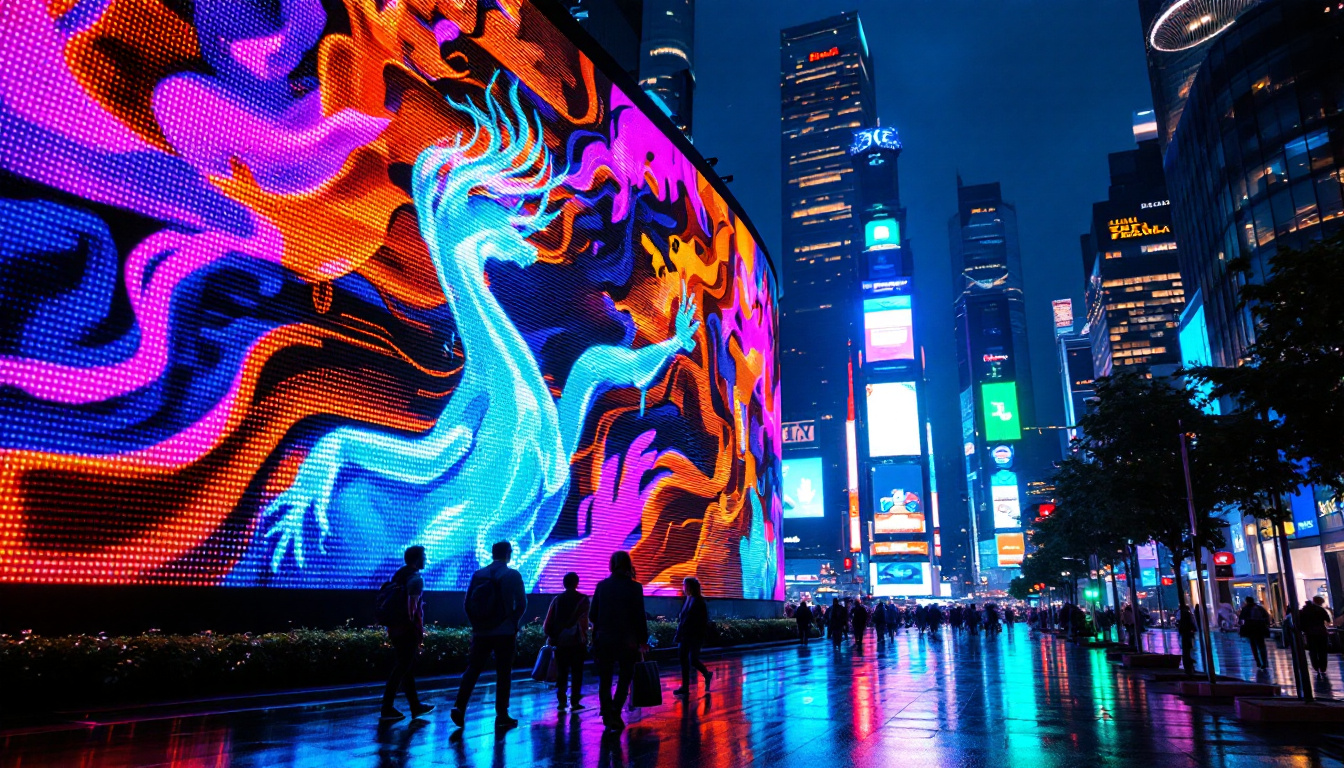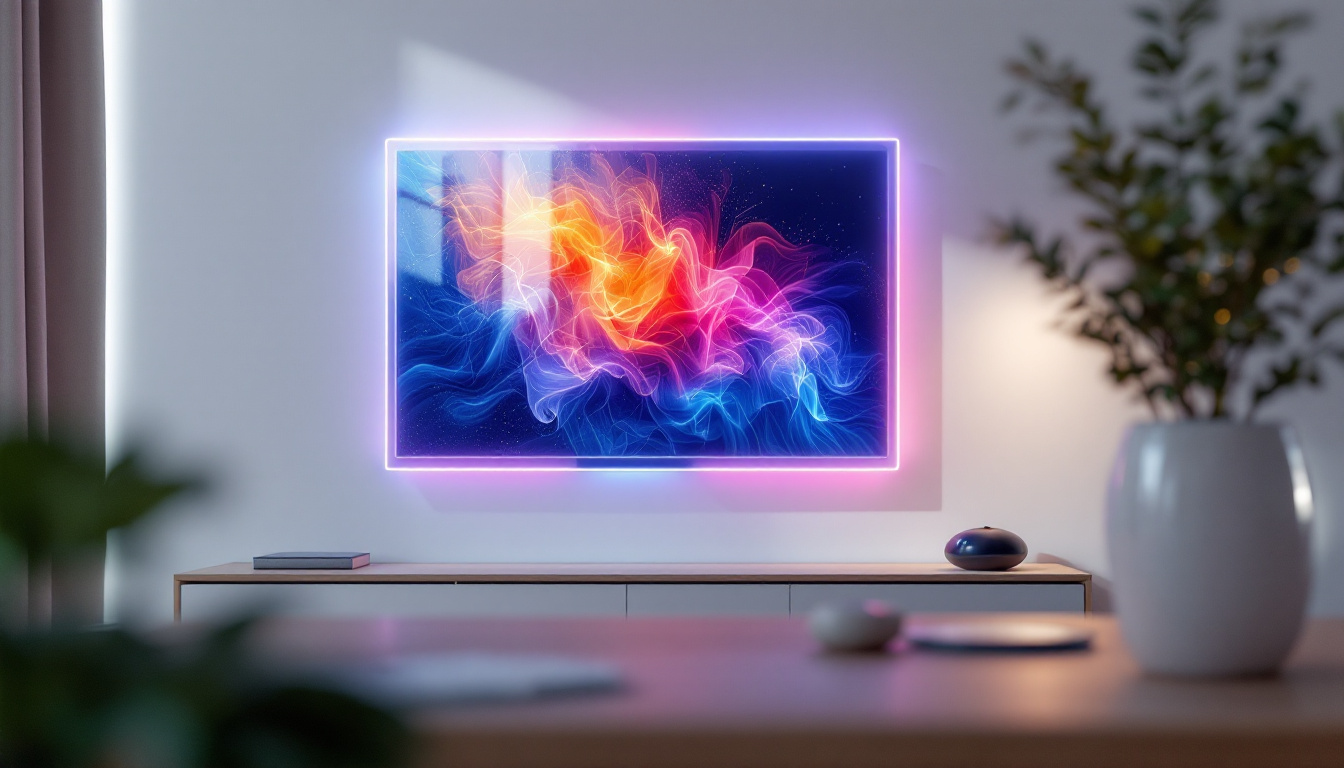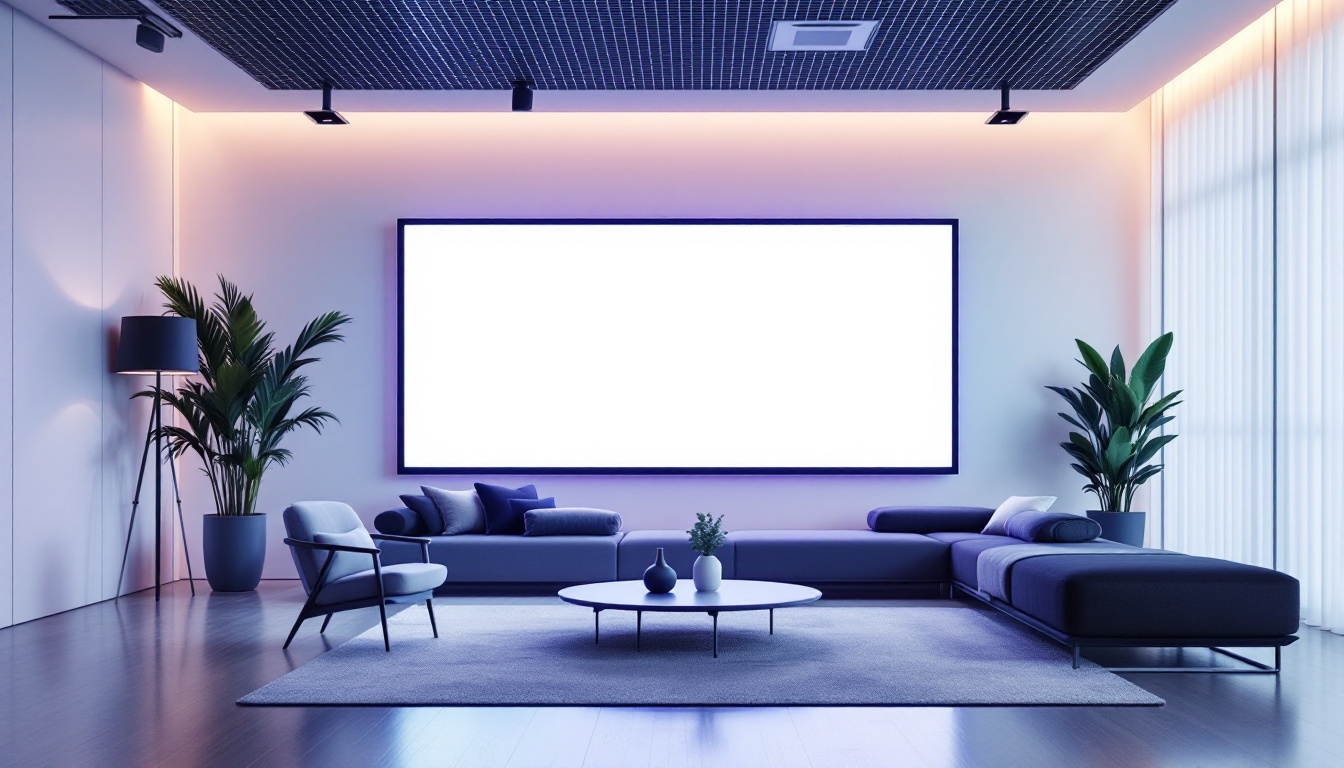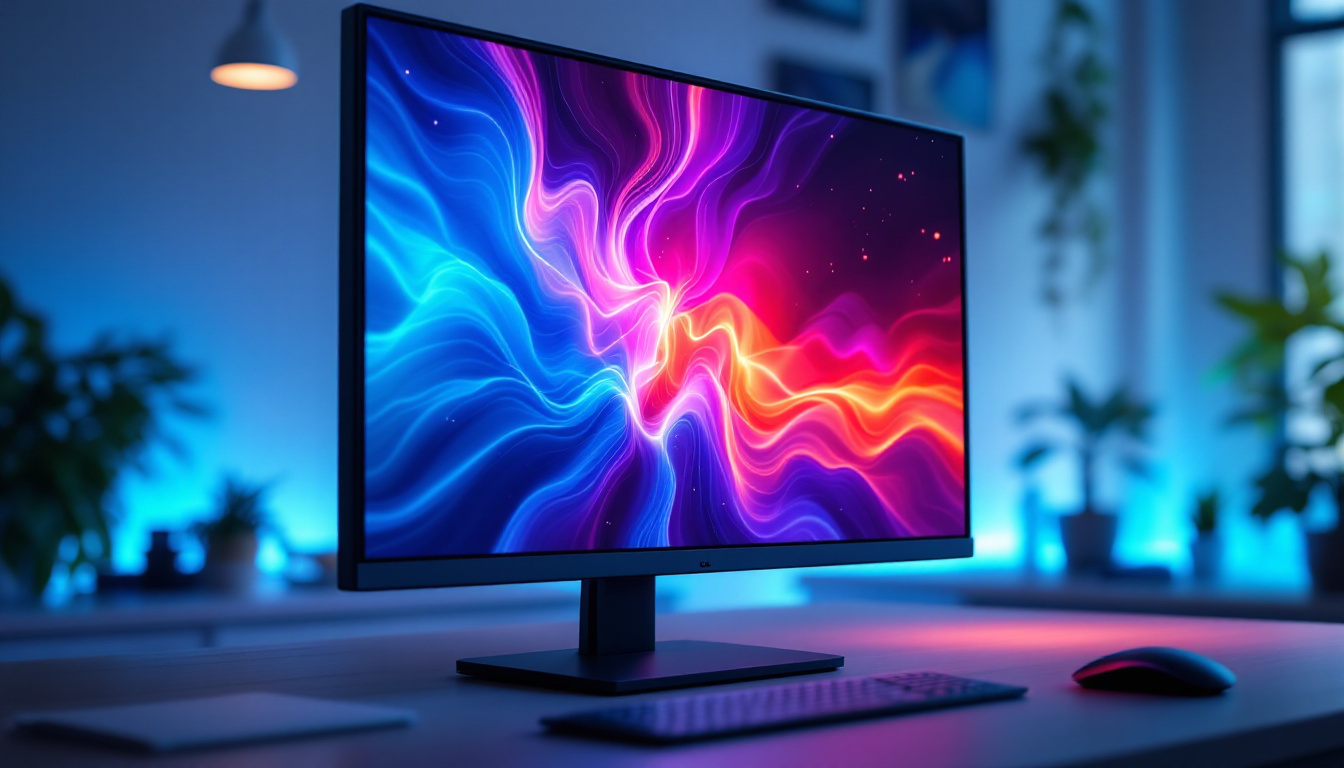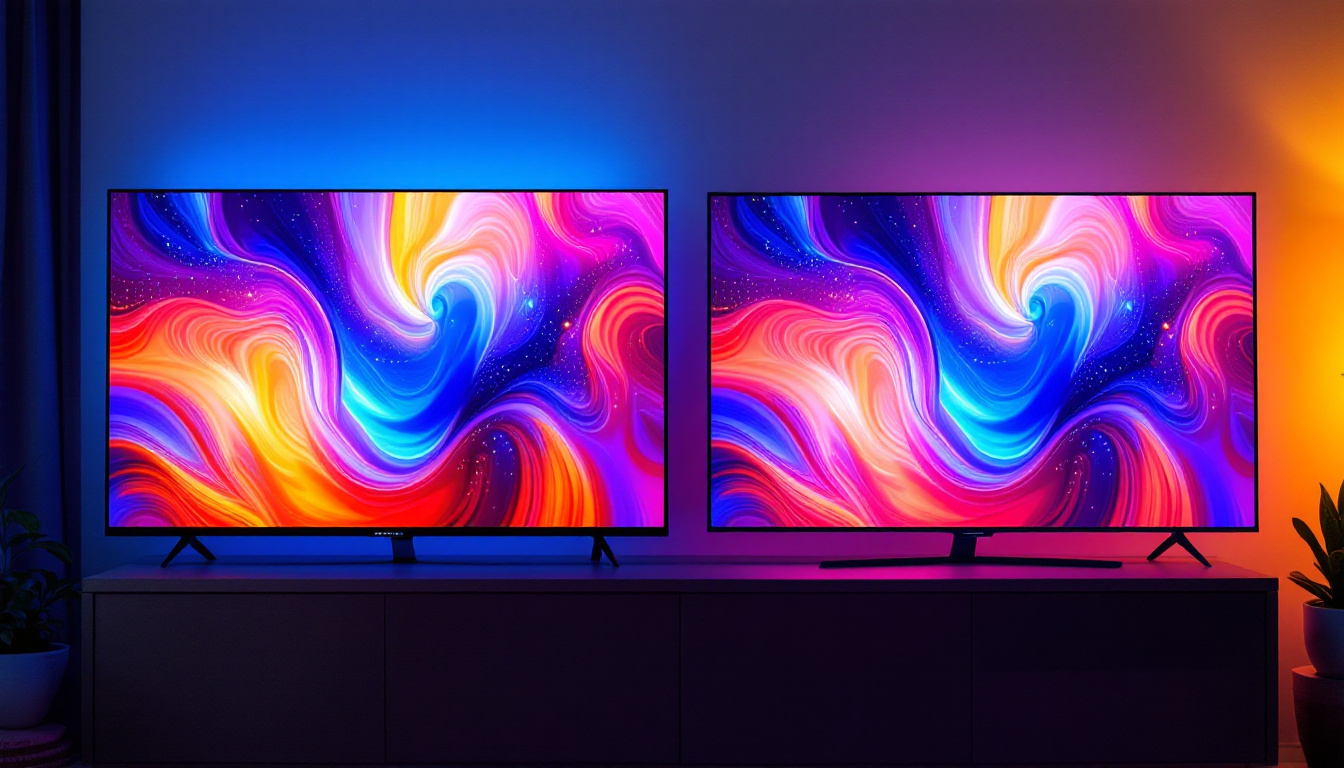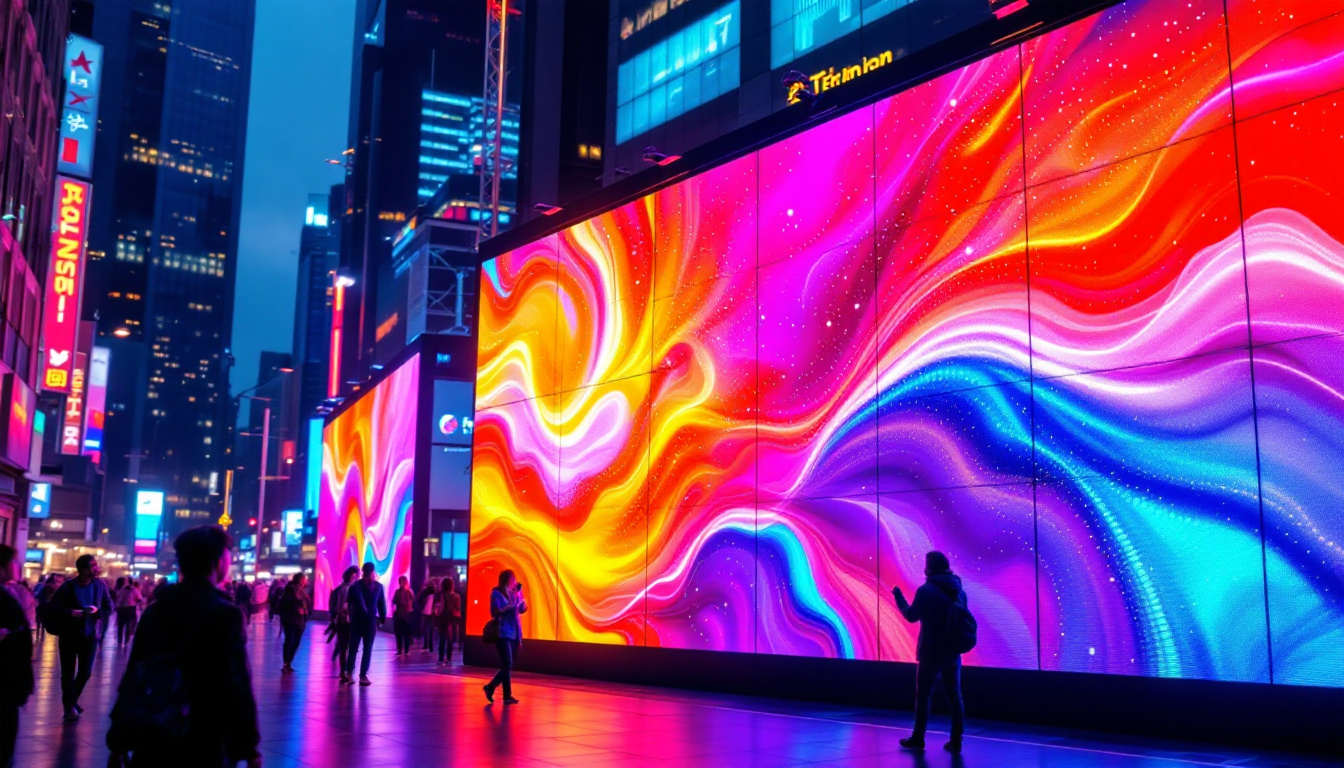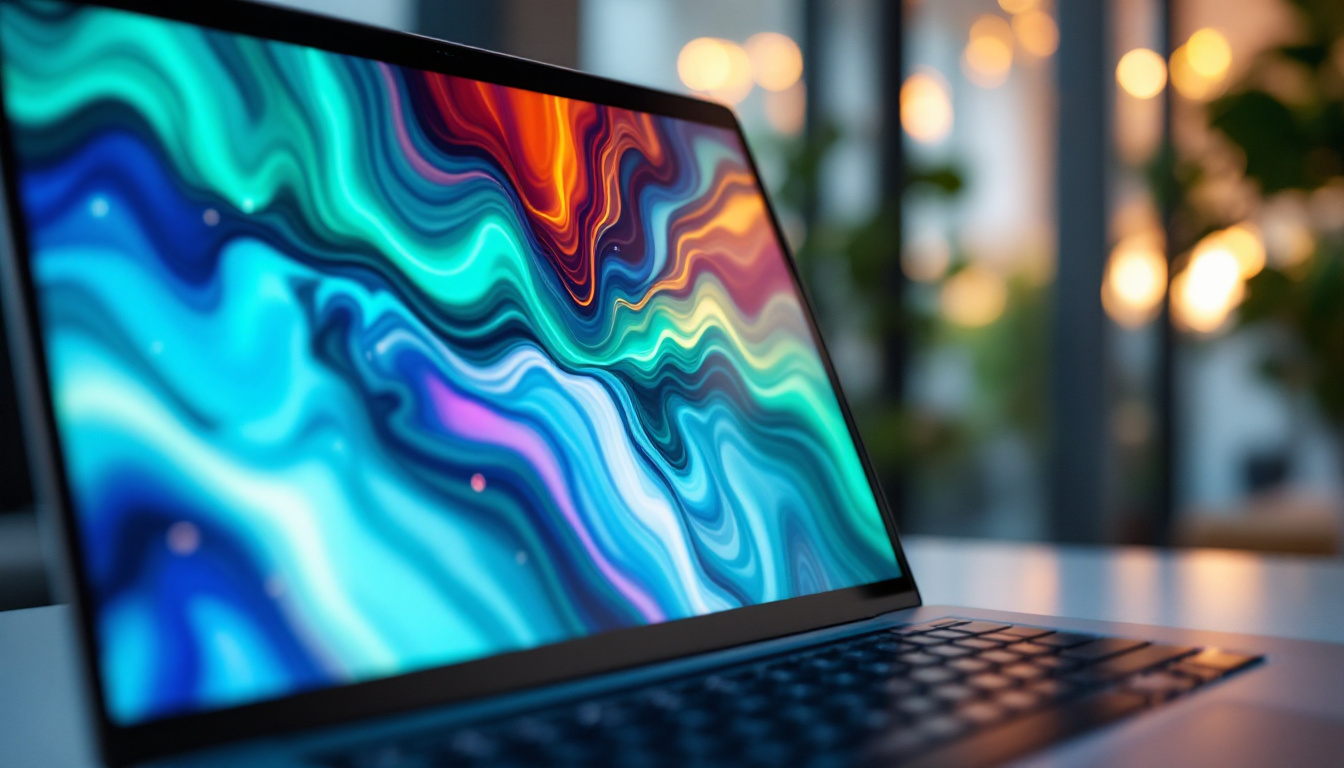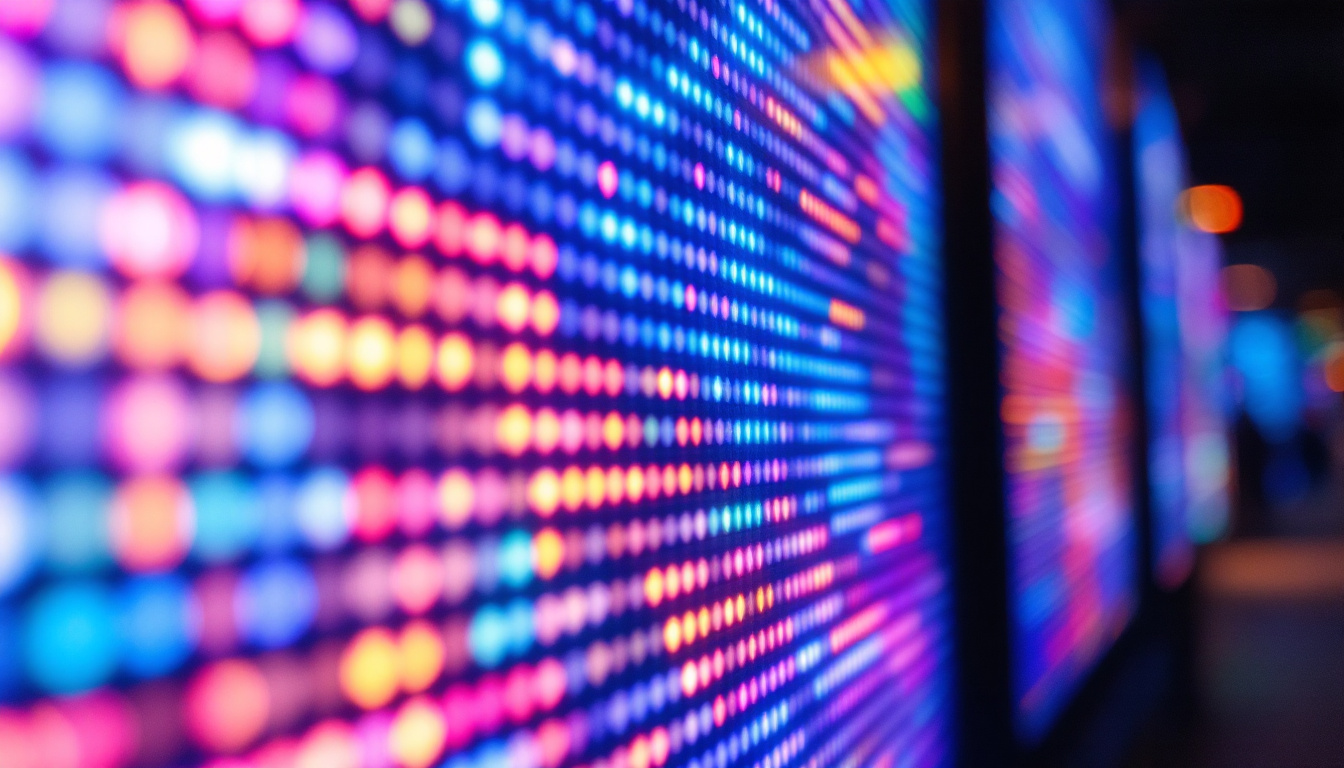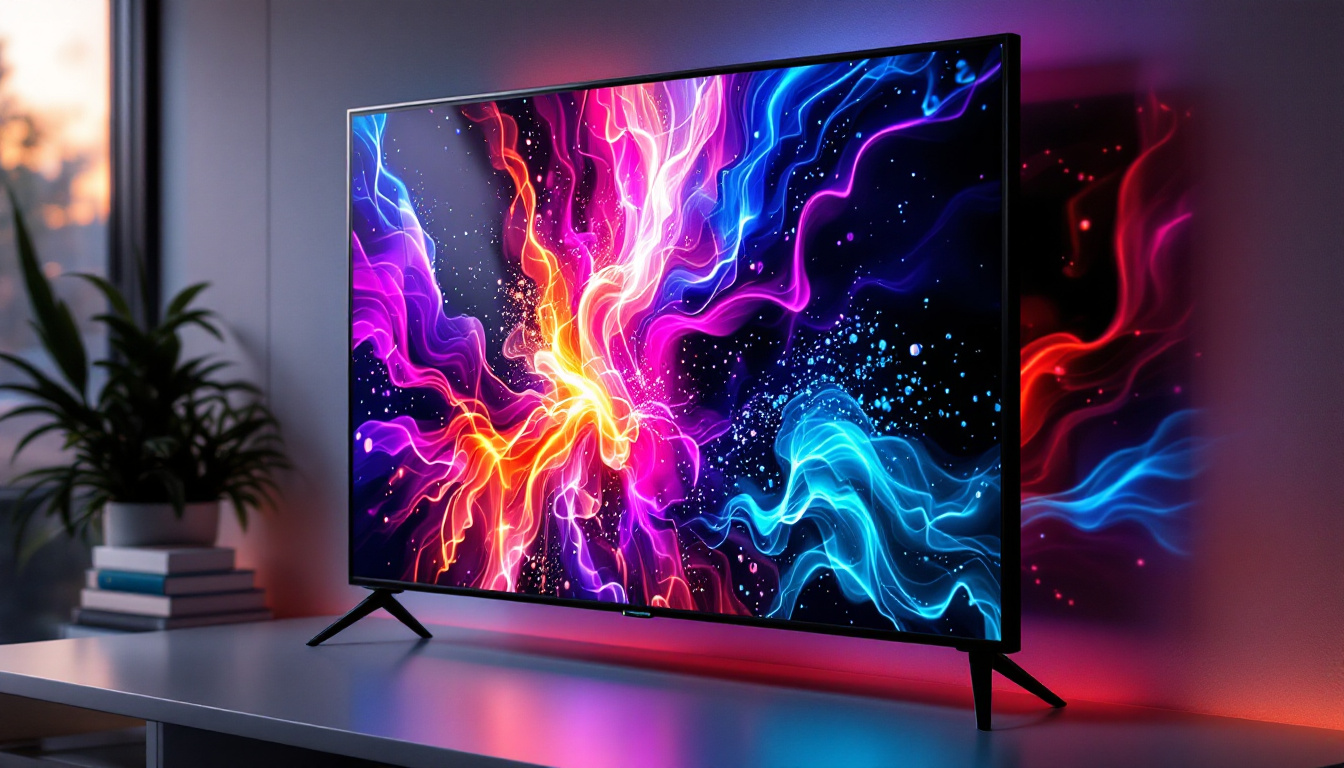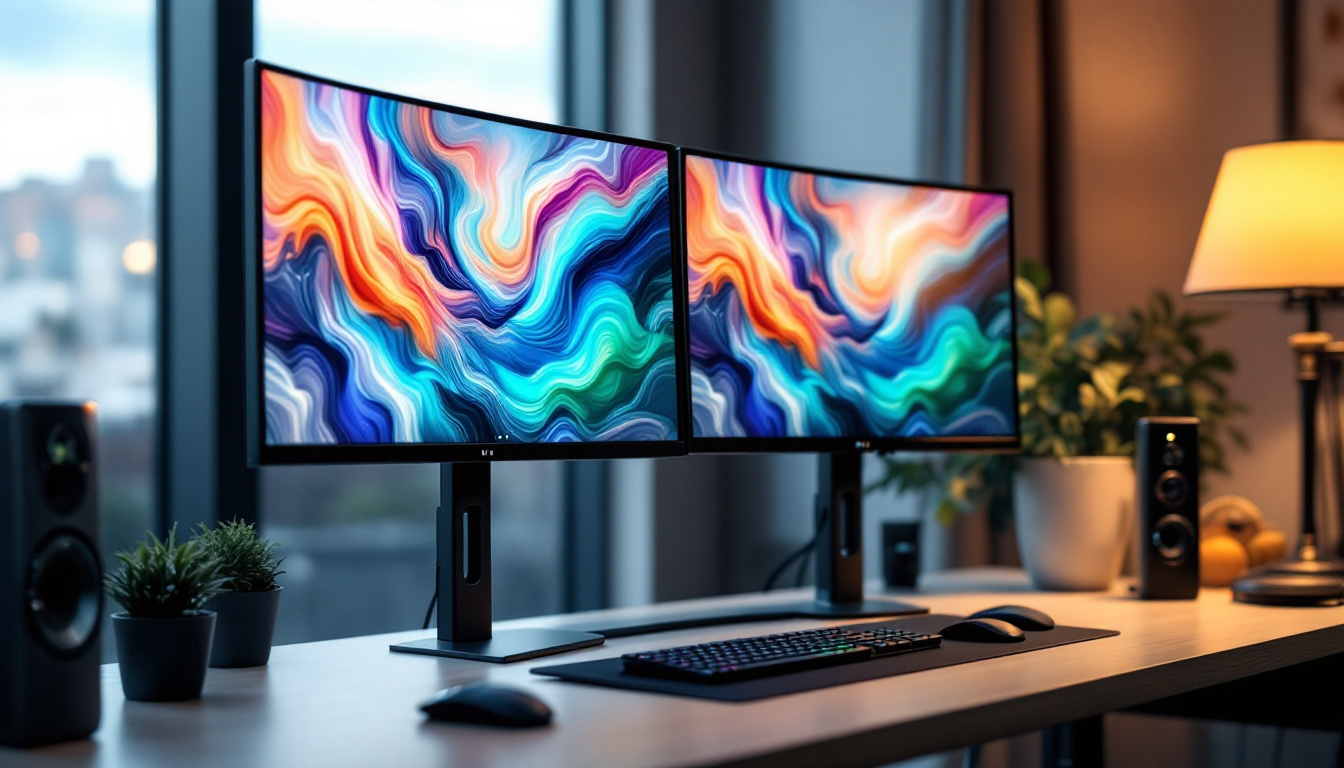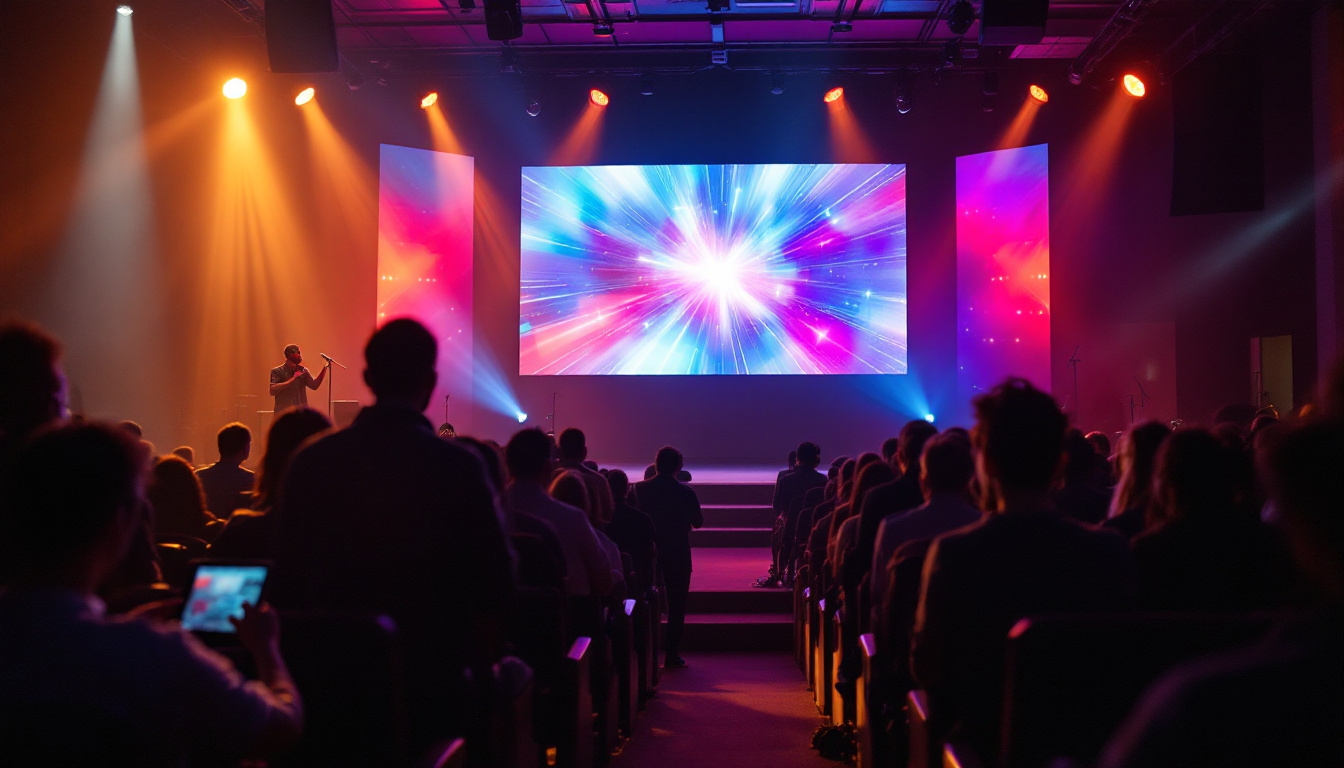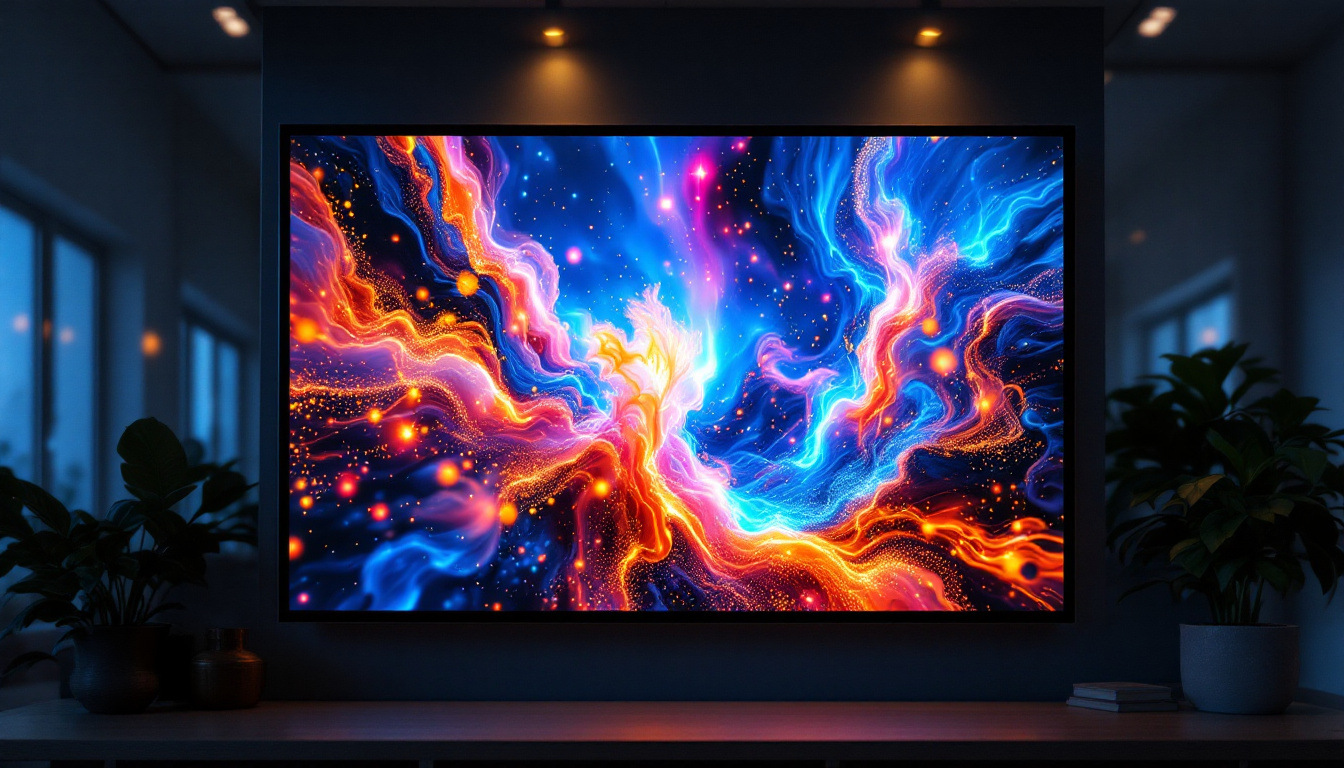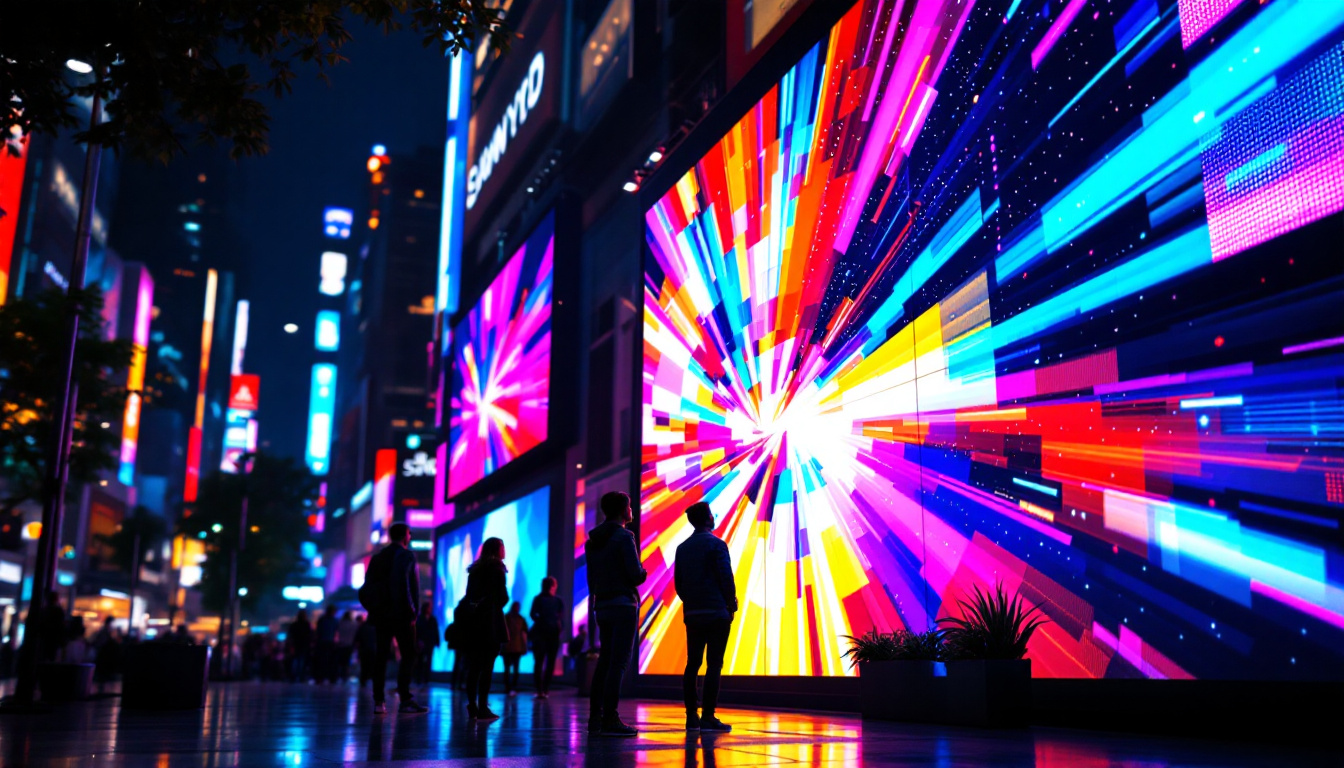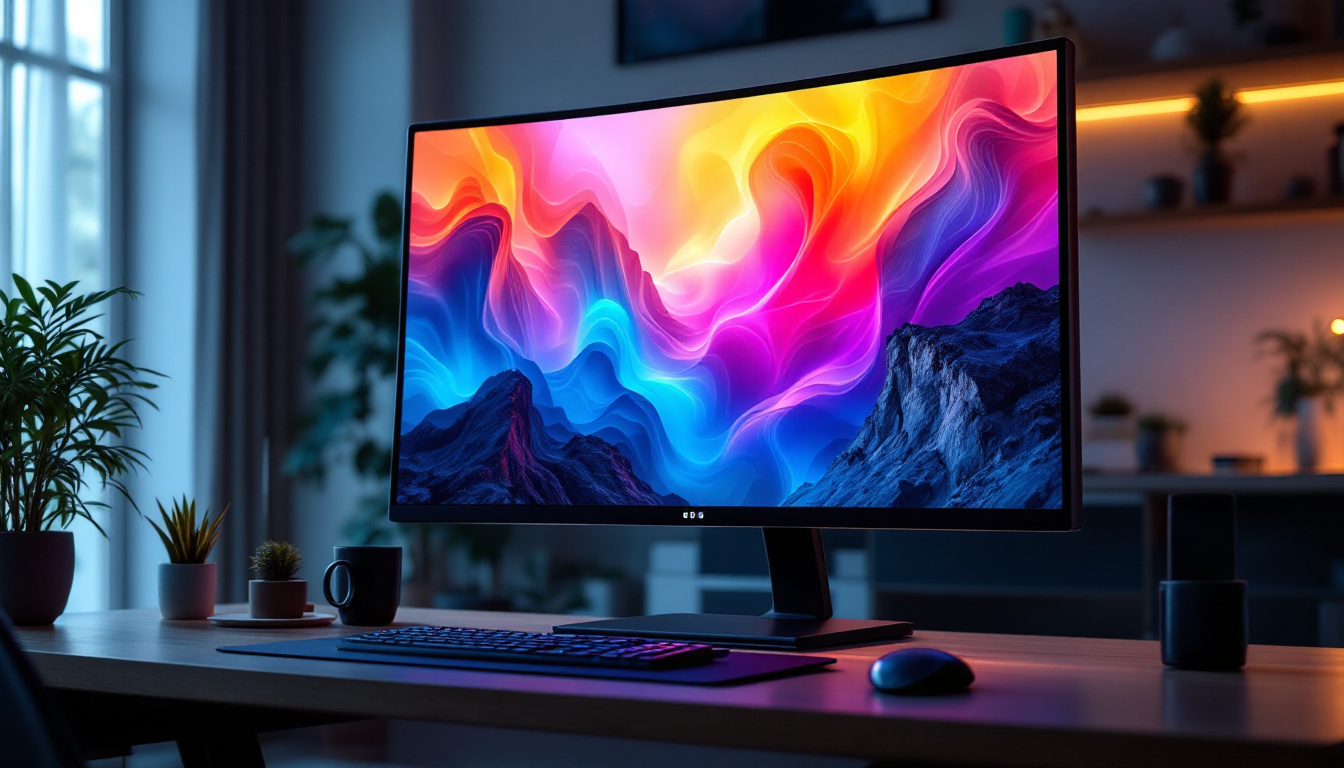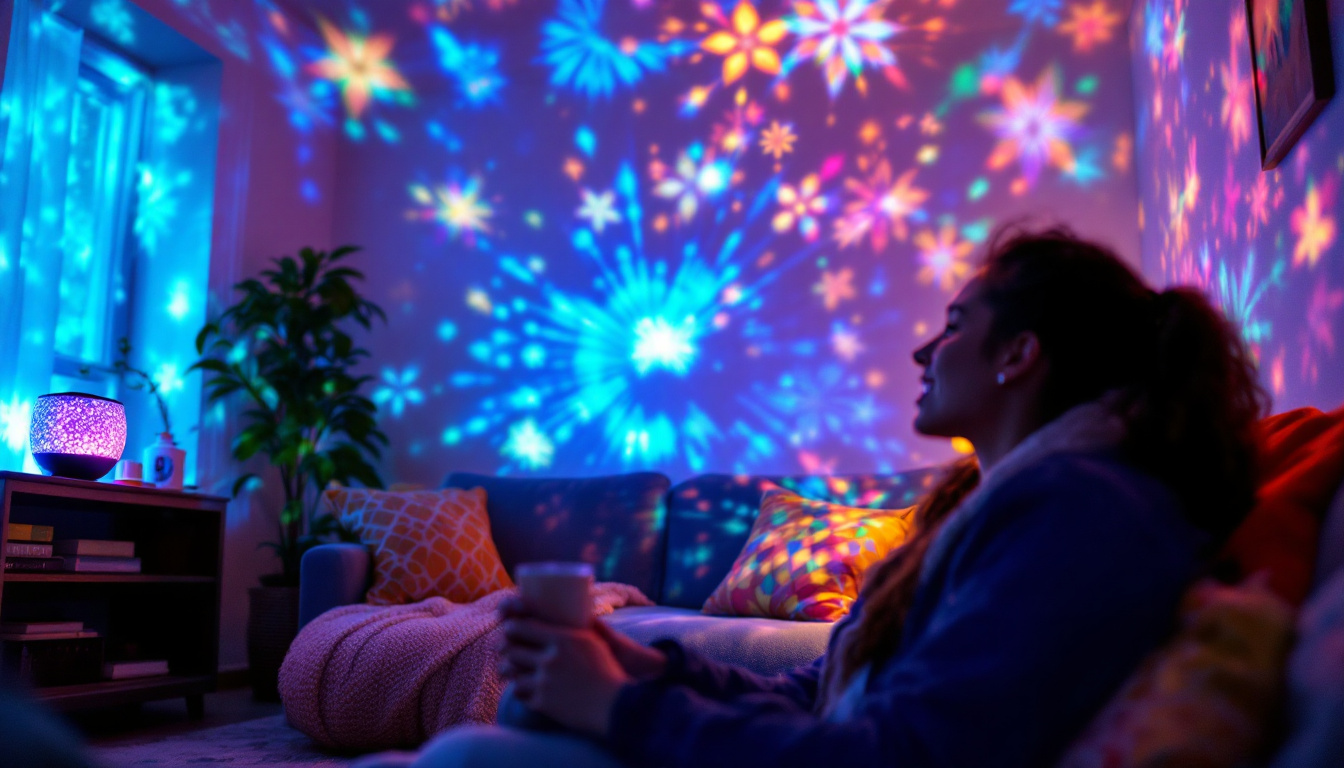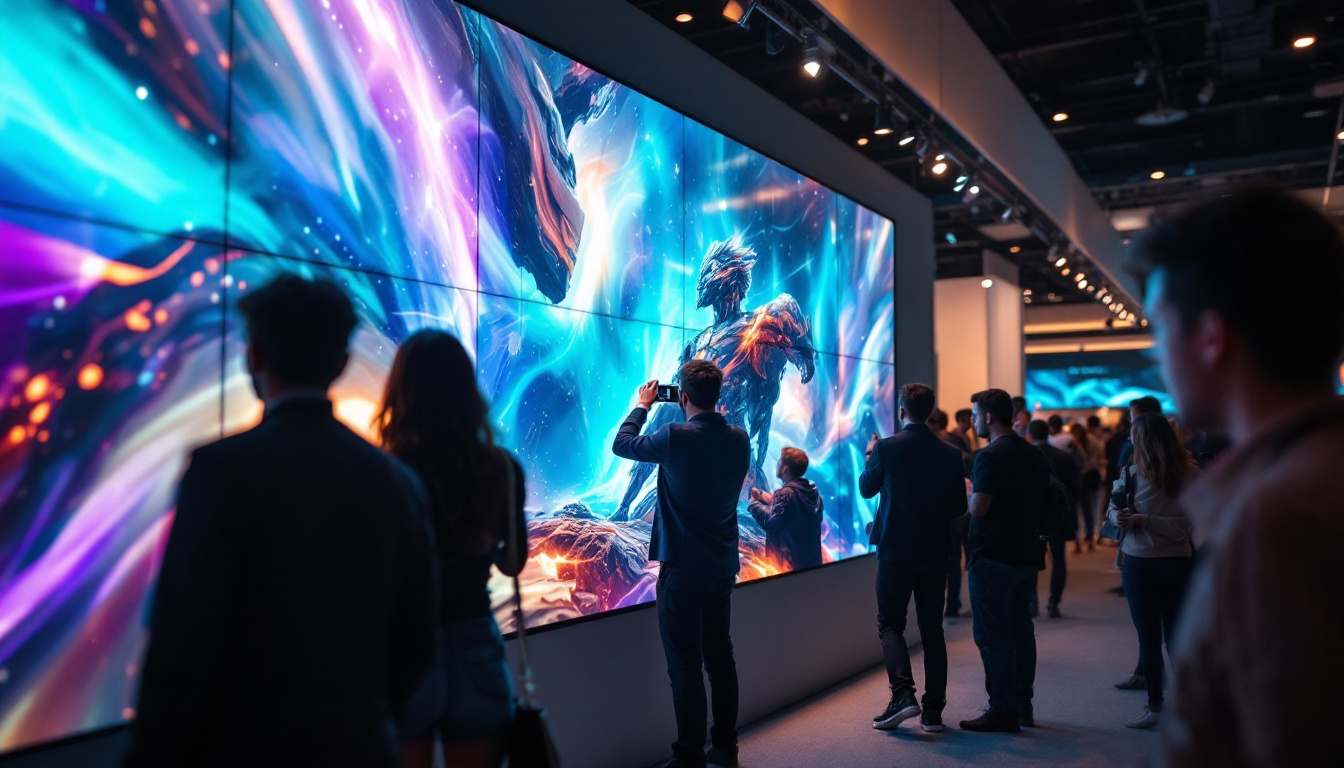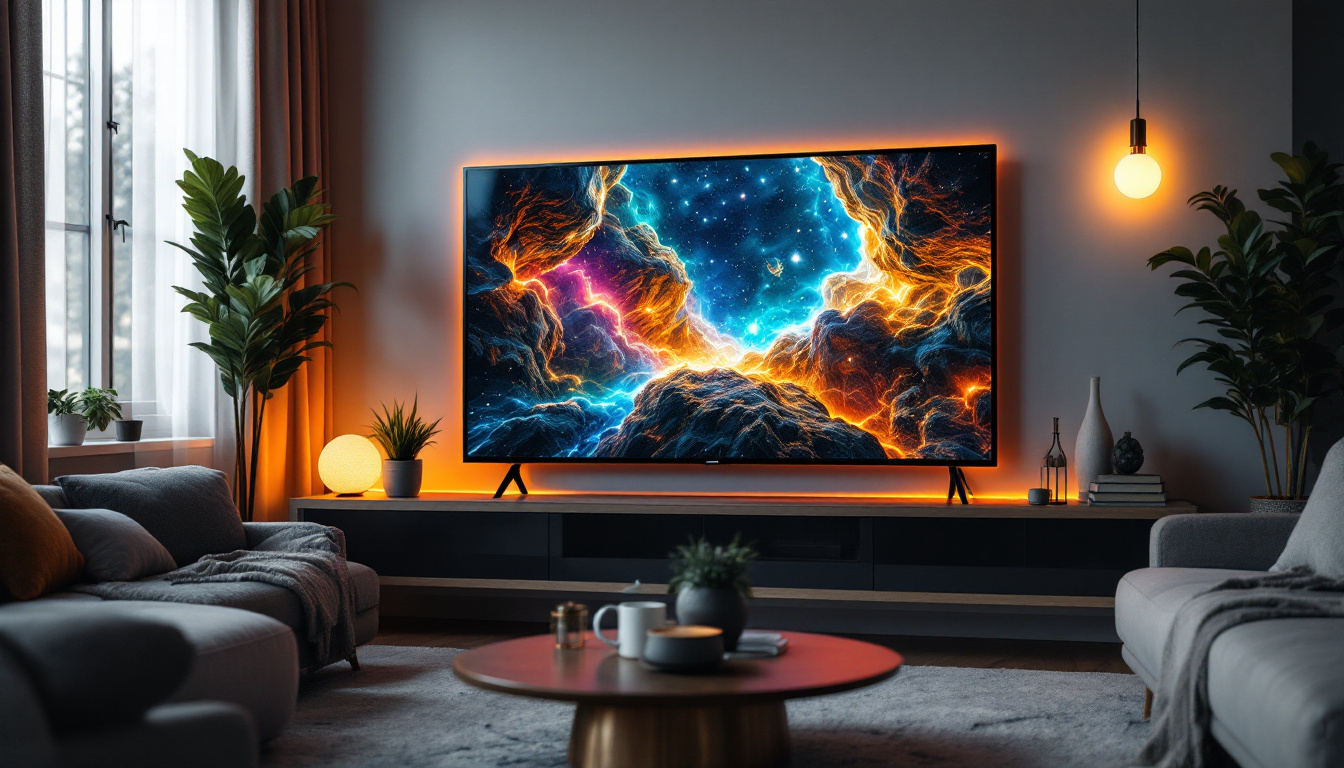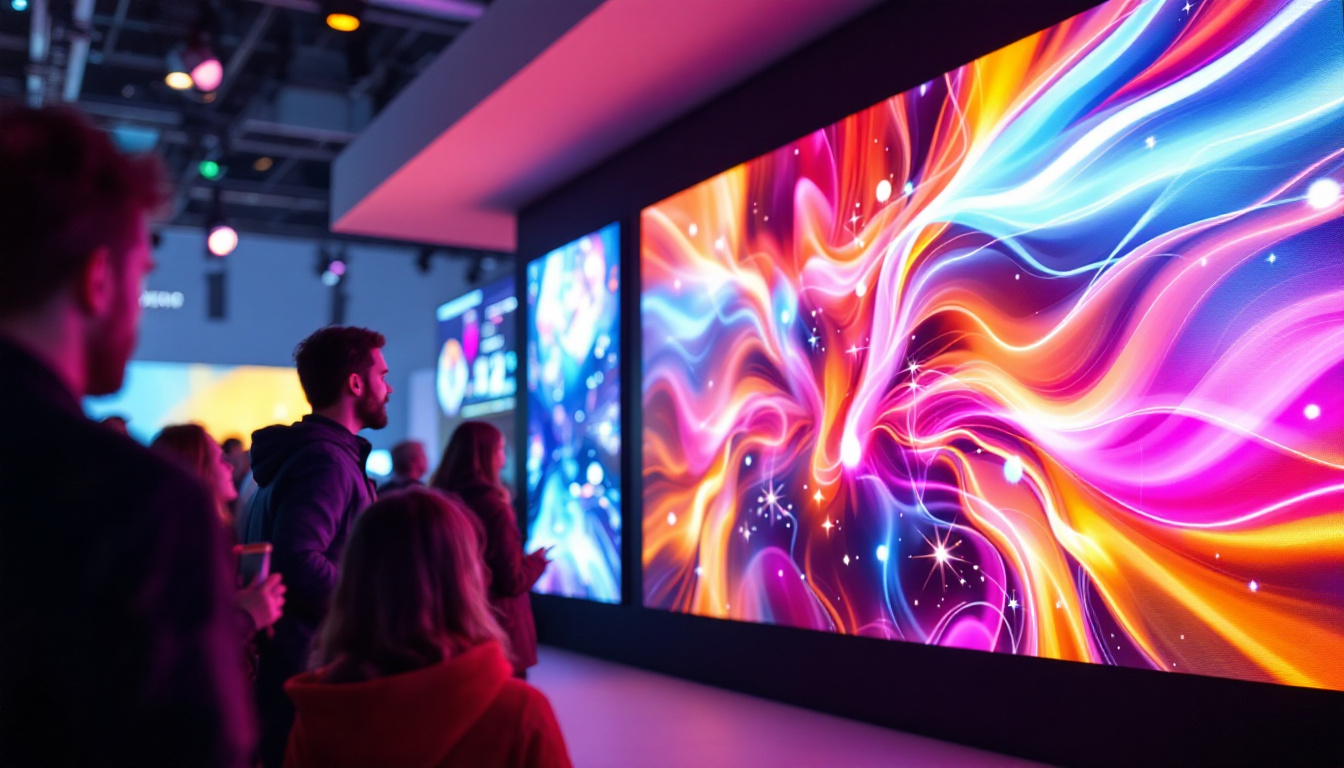In recent years, technology has made significant strides, particularly in the realm of display systems. One of the most intriguing innovations is the transparent display monitor. This cutting-edge technology merges functionality with aesthetics, offering a unique way to present information while maintaining visibility of the environment behind the screen. This article delves into the mechanics, applications, and future potential of transparent LED displays.
Understanding Transparent Display Technology
Transparent displays utilize a combination of advanced materials and innovative design to create screens that can both project images and allow light to pass through. This dual functionality opens up a myriad of possibilities across various industries, from retail to automotive, and even in smart home applications. The allure of these displays lies not only in their aesthetic appeal but also in their ability to blend seamlessly into environments, creating immersive experiences that were previously unimaginable.
How Transparent Displays Work
At the core of transparent display technology is the use of organic light-emitting diodes (OLEDs) or liquid crystal displays (LCDs) that are engineered to be see-through. Unlike traditional displays that rely on opaque surfaces, transparent displays employ a special arrangement of pixels that can emit light while still allowing visibility of objects behind the screen. This technology is particularly fascinating because it leverages the principles of light manipulation and pixel control to create a dynamic viewing experience.
The technology typically involves a glass substrate that houses the display components. When the display is powered on, the pixels illuminate to create images or videos. When turned off, the glass appears clear, allowing viewers to see through it. This seamless transition between visible and transparent states is what makes these displays so captivating. Moreover, the integration of sensors and smart technology can enhance functionality, enabling features like gesture control or augmented reality overlays, which can further enrich user interaction.
Types of Transparent Displays
Transparent displays can be categorized primarily into two types: OLED and LCD-based systems. OLED transparent displays are known for their superior color reproduction and contrast ratios, making them ideal for applications where visual quality is paramount. On the other hand, LCD transparent displays tend to be more cost-effective and can be produced at larger sizes, which makes them suitable for various commercial applications. The choice between these technologies often depends on the specific needs of the application, such as budget constraints and desired visual performance.
Additionally, advancements in technology have led to the development of flexible transparent displays, which can be bent or shaped to fit unique design requirements. This flexibility further enhances the potential applications of transparent displays in creative and innovative ways. For instance, in retail environments, these displays can be integrated into shop windows to showcase products while still allowing customers to see inside the store. Furthermore, in the automotive industry, transparent displays can be used in head-up displays (HUDs) to project vital information onto the windshield, providing drivers with essential data without obstructing their view of the road. As research continues, the possibilities for transparent display technology are expanding, promising even more groundbreaking applications in the near future.
Applications of Transparent Display Monitors
The versatility of transparent display monitors allows them to be used in a wide range of applications, from retail environments to automotive displays. Here are some notable areas where this technology is making a significant impact.
Retail and Advertising
One of the most prominent applications of transparent displays is in retail and advertising. Retailers are increasingly adopting transparent displays to create eye-catching promotional materials that engage customers. For instance, a transparent display can be placed in storefront windows, allowing passersby to view products behind the screen while simultaneously showcasing advertisements or product information.
This dual functionality not only enhances the shopping experience but also provides retailers with a modern and innovative way to attract attention. The ability to display dynamic content while maintaining visibility of the products creates a unique shopping atmosphere that can lead to increased foot traffic and sales. Furthermore, brands can utilize these displays for interactive experiences, allowing customers to engage with the content through touch or gesture controls, thereby creating a memorable shopping journey that encourages repeat visits.
Automotive Displays
Another exciting application of transparent display technology is in the automotive industry. Transparent displays can be integrated into vehicle windshields or dashboards, providing drivers with essential information without obstructing their view of the road. This heads-up display (HUD) technology can project navigation, speed, and other critical data directly onto the windshield, allowing for safer driving experiences.
Moreover, as autonomous vehicles continue to develop, transparent displays could play a pivotal role in enhancing passenger experiences by providing immersive entertainment options while maintaining an unobstructed view of the outside world. Imagine a family on a road trip, where the transparent display can transform the car’s interior into an interactive cinema, showing movies or games while still allowing passengers to enjoy the scenery outside. This seamless integration of entertainment and information could redefine how we perceive travel, making it not just a means of transportation but an engaging experience.
Architecture and Interior Design
Transparent displays are also finding their way into architecture and interior design. They can be used as decorative elements in buildings, providing both functionality and aesthetic appeal. For example, transparent screens can serve as partitions that display digital art or information while still allowing light to filter through, creating an open and inviting atmosphere.
In smart homes, transparent displays can be integrated into windows or walls, allowing homeowners to control lighting, access information, or enjoy entertainment without sacrificing natural light or the view. This integration of technology into living spaces represents a significant shift towards more interactive and connected environments. Additionally, architects can utilize transparent displays to create dynamic facades that change appearance based on time of day or weather conditions, enhancing energy efficiency and visual appeal. This innovative use of technology not only contributes to sustainability but also allows buildings to communicate with their surroundings, creating a more harmonious relationship between architecture and nature.
Challenges and Limitations
While the potential of transparent display technology is vast, there are challenges and limitations that need to be addressed for widespread adoption. Understanding these hurdles is crucial for future developments in this field.
Cost and Production Challenges
The production of transparent displays can be more complex and costly compared to traditional display technologies. The materials and processes required to create high-quality transparent screens can lead to higher manufacturing costs, which may deter some businesses from adopting this technology.
As demand for transparent displays increases, it is expected that advancements in manufacturing techniques will help reduce costs over time. However, for now, the price point remains a significant barrier for many potential users. Furthermore, the supply chain for the specialized materials needed for these displays is still developing, which can lead to inconsistencies in availability and pricing. This unpredictability can hinder the ability of manufacturers to scale production effectively, thus limiting the market reach of transparent displays.
Image Quality and Visibility
Another challenge facing transparent displays is achieving optimal image quality while maintaining transparency. The balance between brightness, contrast, and transparency can be tricky. In certain lighting conditions, the visibility of the displayed content may be compromised, making it difficult for viewers to see the images clearly.
To overcome this limitation, manufacturers are continually working on improving the technology to enhance brightness and contrast ratios, ensuring that the displays remain effective in various environments. Additionally, the integration of advanced sensors and adaptive technologies could play a crucial role in adjusting the display settings automatically based on ambient light conditions. This would not only improve visibility but also enhance user experience by providing clearer images without the need for manual adjustments. The ongoing research in this area highlights the potential for innovative solutions that could redefine how we interact with transparent displays in everyday settings.
The Future of Transparent Display Technology
The future of transparent display technology is promising, with ongoing research and development paving the way for new innovations. As the technology matures, several trends and advancements are expected to shape its trajectory.
Integration with Augmented Reality
One of the most exciting prospects for transparent displays is their integration with augmented reality (AR). By combining transparent display technology with AR, users could experience a seamless blend of digital content and the real world. This could revolutionize fields such as education, training, and entertainment, providing immersive experiences that enhance understanding and engagement.
For instance, in educational settings, transparent displays could project interactive lessons or visual aids directly onto classroom surfaces, allowing students to engage with the material in a more dynamic way. In retail, AR-enhanced transparent displays could allow customers to visualize products in their own environments before making a purchase.
Advancements in Flexible Displays
The development of flexible transparent displays is another area of focus. As technology advances, the ability to create displays that can bend and conform to various shapes will open up new possibilities for design and application. Flexible displays could be used in wearable technology, smart textiles, and even innovative architecture, allowing for unprecedented creativity in product design.
Such advancements will not only enhance the functionality of transparent displays but also inspire new applications that have yet to be imagined.
Conclusion
Transparent display monitors represent a fascinating intersection of technology and creativity. Their ability to blend digital content with the physical world opens up a myriad of possibilities across various industries, from retail to automotive and beyond. While challenges remain, ongoing advancements in technology are paving the way for a future where transparent displays become an integral part of everyday life.
As the demand for innovative and engaging display solutions continues to grow, transparent displays are poised to play a significant role in shaping the way information is presented and experienced. With the potential for enhanced interactivity, improved aesthetics, and seamless integration into various environments, the future of transparent display technology is indeed bright.
Discover the Future with LumenMatrix
Ready to elevate your visual experience and step into the future of display technology? LumenMatrix, a pioneer in LED display innovation, invites you to explore our comprehensive range of LED display solutions. From mesmerizing Indoor and Outdoor LED Wall Displays to dynamic Vehicle and Sports Displays, our offerings are designed to captivate and engage. Experience the revolution in visual communication with our LED Transparent Displays and more. Check out LumenMatrix LED Display Solutions today and transform your space into a canvas of endless possibilities.


